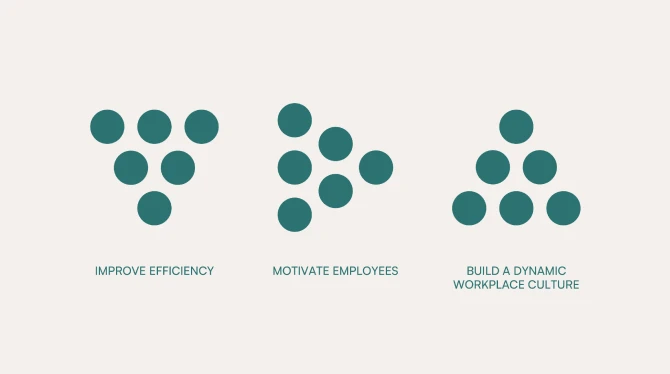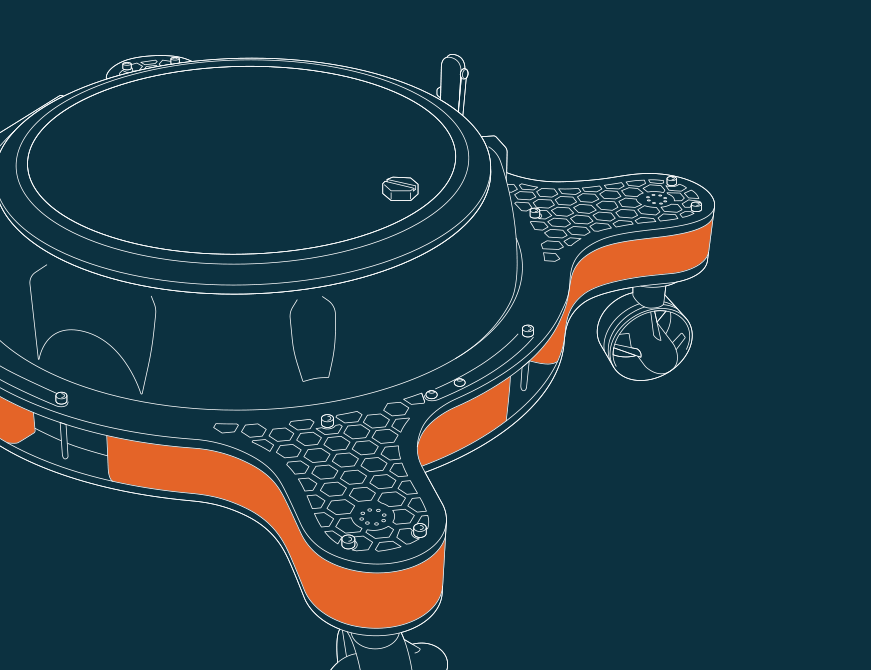♟️
Design As A Strategy
LAST UPDATED 15 May, 2024
In the realm of modern business, design transcends mere aesthetics, emerging as a pivotal driver of success. Let’s explore the benefits of a design-centric approach and outline the initial steps that can be taken to harness the power of design as a strategy.
The ROI of Design
A study from 2014 developed a Design Value Index 1, a tool created by Motiv Strategies and the Design Management Institute 2 to compare the performance of design-centric companies against others.
This index, following a method similar to other industry or geographic-specific stock indexes, focused on companies that use design as a strategy. Out of 75 U.S.-based publicly traded firms, only 15 met the criteria set for design leadership. The 15 companies that met the criteria and defined this index were Apple, Coca-Cola, Ford, Herman-Miller, IBM, Intuit, Newell-Rubbermaid, Procter & Gamble, Starbucks, Starwood, Steelcase, Target, Walt Disney, Whirlpool, and Nike.
The index revealed that these design-centric companies outperformed the S&P 500 by 228% over a period of 10 years for every $10,000 invested, highlighting the substantial return on investment that design can bring to a business.
How Nike Managed to Increase Its ROI Using Design
Nike’s exceptional ROI growth over a decade is largely due to its design-centric strategy, led by CEO Mark Parker, a former designer. The company’s comprehensive design team, responsible for product innovation and closely collaborating with athletes, plays a pivotal role in product development. This design focus was integral and unchallenged within Nike, ensuring products resonate with both functional and aesthetic consumer needs.
This strategy has significantly paid off. Between 2003 and 2013, Nike’s market cap soared from under $6 billion to $70 billion, a growth of 1,095%. Additionally, Nike’s brand value and innovation were recognized globally, ranking 24th in Interbrand’s 2013 list of the world’s most valuable brands and receiving high rankings from Fast Company and Forbes for innovation and admiration, respectively. This underscores how Nike’s investment in design not only shapes its products but also drives substantial financial success.
Focusing and continuing with design as a strategy has brought Nike to the top of the sportswear industry in the following decade as well.3
Difficulties of Measuring the Impact of Design
Design plays a critical role in business success, but quantifying its impact poses unique problems. Below are some challenges to keep in mind:
- Subjectivity in design evaluation – design is often perceived and interpreted differently by various stakeholders, making objective assessment difficult;
- Long-term impact vs immediate results – the true value of design may unfold over a long period, complicating efforts to link it directly to immediate financial metrics;
- Intangible benefits – design influences aspects like brand perception and customer experience, which are essential but often difficult to quantify;
- Interaction with other business elements – disentangling design’s impact from other business factors, such as marketing and product quality;
- Variability across industries – the impact of design varies significantly across different sectors, making standardized measurement methods difficult to apply;
- Lack of standardized metrics – the absence of universally accepted metrics for design effectiveness hampers consistent evaluation.
Perhaps the main difficulty is isolating the exact effect that a design change is causing. A/B testing might be the closest method that can contribute substantial results. This method, however, can only be successful on a smaller scale, ex. while working on a campaign or product feature. Using this technique on a wider scale will seldom deliver clear results which design has impacted directly.
Despite these difficulties, recognizing and striving to understand design’s role remains crucial for businesses seeking to harness its full potential.
Metrics That Can Help With Understanding The Impact of Design
Customer Satisfaction and User Experience Scores
These metrics are derived from customer feedback and usability testing. They provide insights into how well an envisioned solution or product meets user needs and expectations. Higher satisfaction scores are typically indicative of effective design that resonates with users.
However, it’s quite important to create surveys carefully so that the collected feedback directly serves the purpose of describing the impact that design has.
Brand Perception and Engagement Metrics
These metrics include measuring changes in brand recognition, reputation, and customer loyalty, which can be influenced by design. Metrics such as social media engagement, brand sentiment analysis, and repeat customer rates can reflect the success of design in strengthening the brand. In some cases, another method to use is the Net Promoter Score (NPS)4, which can be set up in a way that tracks how design changes affect the increase or decrease of the number of brand fans and their engagement with the brand.
Overall Revenue or ROI for Specific Projects
This financial metric helps with understanding the direct economic impact of design decisions and investments. It can include increases in sales, market share, or cost savings attributable to design improvements.
In some cases, revenue increase for a segment of the business can be a metric to follow if the circumstances are properly set.
In cases where design as a strategy has been implemented successfully, simply observing total revenue increase over a longer period can be indicative of the power and influence of design.
Ultimately, these metrics should be customized to fit each company’s specific needs and developed based on the areas of the business where the most significant change is desired.
Implementing Design As A Strategy
A Leadership Imperative
Embedding design into the corporate strategy is not just about hiring talent, outsourcing, or bringing in consultants; it’s about cultivating a design-oriented mindset throughout the organization. This process requires leadership to champion design thinking 5 as a core competence of every business decision, from product development to customer service.
Creating a culture that values design and innovation is crucial. This involves regular training, workshops, and open dialogues about the role of design in achieving business objectives. It’s about encouraging a mindset shift where every employee, regardless of their role, understands and appreciates the value of design.
Strategic Alignment Across Departments
A key step in this transformative journey is ensuring that design is not siloed within creative departments. Instead, it should be integrated into all functions, fostering cross-collaboration between design teams and other business units. This alignment allows for a holistic approach where design principles inform and enhance all aspects of the organization.
Long-Term Commitment and Patience
Implementing design as a strategy is not an overnight process. It demands patience and a steadfast commitment from the top. Success in this endeavor often unfolds over several years, requiring leadership to maintain belief in the vision and continuously communicate its importance and potential impact to all stakeholders.
Measuring Success and Adjusting Strategies
Finally, while this approach is long-term, it’s important to establish metrics to track progress. These measurements should be reviewed regularly, allowing leadership to refine and adjust strategies as needed. Celebrating small victories and learnings along the way helps to maintain momentum and reinforce the belief in the overarching strategy.



